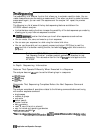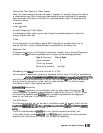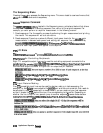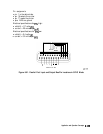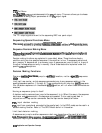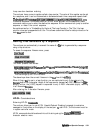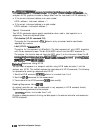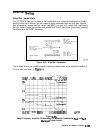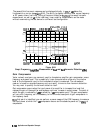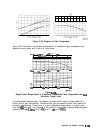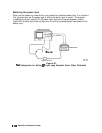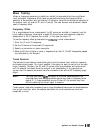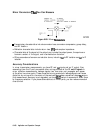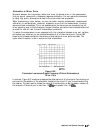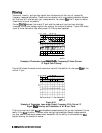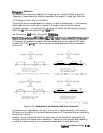
The second/third harmonic response can be displayed directly in
dBc,
or
dE3
below the
fundamental or carrier (see
Figure
6-84). The ability to display harmonic level versus frequency
or RF power allows “real-time” tuning of harmonic distortion.
Further,
this swept harmonic
measurement, as well as
all
of the traditional linear amplifier measurements can be made
without reconnecting the test device to a different test configuration.
CHl
CH2
PRm
PRm
H-3
CHl
CHZ
2121 Jun
1994
12-45.43
Jun
1994
12-45.43
B/MB/M
II
ogog
MAGMAG
10
dB/
10
dB/
REFREF 00
dBdB 1: -45.343 dB1: -45.343 dB
B/MB/M
II
ogog
MAGMAG
16
dB/
16
dB/
REFREF 00
dBdB
1
-71.292
dB
1
-71.292
dB
500.
I
00
000
MHz
-1
3rd
Harrdonic
&lBc)
I
I
I”Zl
I
I
I
STARTSTART
20.00020.000
000000
MHzMHz
STOPSTOP
11
000.
000
000
MHz
000.
000
000
MHz
STARTSTART
20.00020.000
000000
MHzMHz
STOPSTOP
11
000.
000
000
MHz
000.
000
000
MHz
pg6240
Figure 6-84.
Swept Frequency
AmpHer
Measurement of 2nd and 3rd Harmonic Distortion
(dBc)
Gain Compression
Vector network analyzers are commonly used to characterize amplifier gain compression versus
frequency and power level. This is essentially linear characterization since only the relative
level of the fundamental input to the fundamental output is measured. The narrowband
receiver is tuned to a precise frequency and, as a result, is immune from harmonic distortion.
You may want to quantify the harmonic distortion itself.
Gain compression occurs when the input power of an amplifier is increased to a level that
reduces the gain of the amplifier and causes a nonlinear increase in output power. The point at
which the gain is reduced by 1
dE3
is called the 1
dE?
compression point. The gain compression
will vary with frequency, so it is necessary to find the worst case point of gain compression in
the frequency band.
Once
that point is identified, you can perform a power sweep of that CW frequency to measure
the input power at which the 1
dB
compression occurs and the absolute power out (in
dBm)
at
compression.
6-W
Application and Operation Concepts



